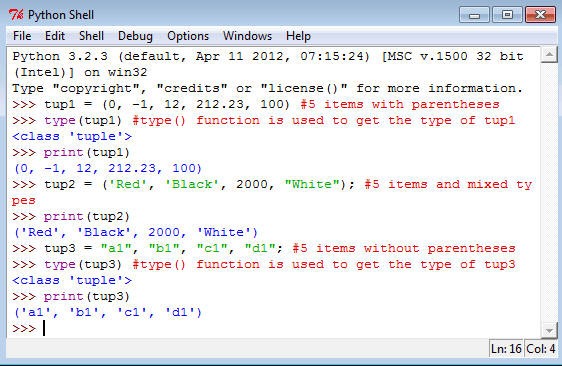

Pid = fork() // Fork off the parent process You can start by naming the application code that will run as a daemon as test.c, and the code that you will create the daemon function as daemon.c. For this purpose, you will create a function named _daemon. Here you will see how you can create a daemon function. The working directory of the process must change.Standard input, output, and error messages are redirected to /dev/null.


If starting a separate thread make sure the thread doesn’t share resources with the skill object since this will hinder garbage collection when the skill is reloaded.Here's how you can create a daemon on a Linux machine. You can start a process and detatch it once and then check if the process is running (either communication or search for running processes)

If the process don’t need to outlive the skill I recommend starting the process in the _init_() method and having a custom shutdown method (override shutdown()) that terminates the subprocess in a neat way (I don’t always practice what I preach) I assume you want the process to outlive the skill start/shutdown?įor ease of installation an already running daemon is most likely not practical, since the normal skill install method doesn’t accommodate for installing custom services. There are however bad and good ways of doing this This is a great topic that may need some discussion as there are no firm rules or regulations ( anything goes).


 0 kommentar(er)
0 kommentar(er)
